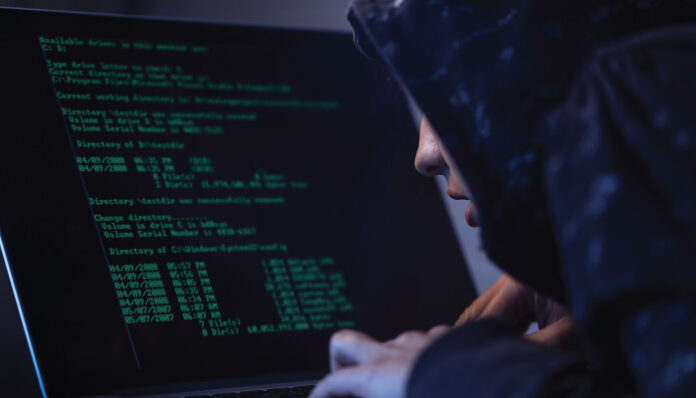Ransomware attacks are frequently reported in the headlines and have been the talk of the town. Recent attacks have shown that no organization is secure regardless of size or sector.
Technology and the cybersecurity measures that guard it both need to progress. Any person or business should prioritize developing a ransomware protection strategy. Without it, people and organizations who are not adequately safeguarded run the danger of losing sensitive information.
Enterprises must adhere to the following four ransomware protection best practices in order to strengthen their defenses and keep their organization safe from an all-too-common attack.
Implement a multi-layered security strategy
When it comes to security, there is no such thing as being too cautious. As existing protections become less effective, businesses must adopt extra security layers to guard against unknown, rapidly evolving malware. Data sanitization can be the first choice to take into account since, by cleaning every file, it does away with the necessity for threat detection. Advanced sandboxing would be the final line of protection. The company would be better able to recognize possible threats if it had access to a more sophisticated sandbox environment that could examine the complex behaviors and routines of malware. When deployed collectively, these components can provide a holistic security solution on both the network and endpoint levels.
Make regular backups of essential data
The main goal of ransomware attacks is to deny victims access to vital data until they pay a ransom. Backups help reduce this risk by giving businesses a backup strategy.
Backups can assist in restoring access swiftly even if ransomware has encrypted the data. Backups must be kept in a location that is off-limits to network access by businesses. Additionally, users must unplug the backup or store it on an external device to protect it from a ransomware attack.
Restoring from backups places companies at a moment at which they probably still have the same vulnerability that attackers first exploited. Organizations should make sure that the fundamental cause of the event is identified and addressed as part of the ransomware recovery procedure.
Also Read: The Risks of Undiscovered Bot Attacks: Ways to Detect and Mitigate Them
Educate, engage, and empower personnel
These are the three “E’s” that enterprises need to be aware of. The weakest link in security is still people. Sniffing assaults, man-in-the-middle attacks, and phishing seem to be the bane of end users’ existence. As businesses look to invest in security training to stave against malware infections and ransomware attacks, user education is more crucial than ever. Users must first be taught the fundamentals of where the files originated from, why the employee is receiving them, and if the sender is reliable since social engineers are growing more adept.
The first step in training their employees to be safer is for businesses to instill in their end users the habit of reporting anything suspicious to their security team, updating their passwords on a regular basis, and being watchful of the websites and services they use. By educating users, attacks can be stopped before they start.
Implementation of zero-trust
According to the zero-trust security concept, anything or anybody trying to connect to the network might pose a threat. According to this theory of network security, neither users inside the network nor those outside it should be trusted until their identification has been adequately verified. Zero-trust acknowledges that dangers, both inside and external to the network, are a constant. Network administrators’ thinking is influenced by these presumptions, which forces them to develop strict, unreliable security mechanisms.
A zero-trust strategy requires rigorous identity verification before granting access to any person or device trying to connect to the network or application. This verification makes use of Multi-Factor Authentication (MFA), which requests multiple pieces of information from users before granting access. Network Access Control (NAC), which is used to prevent unwanted users and devices from connecting to a corporate or private network, is also a component of zero-trust. It ensures that the network can be accessed by only authenticated users and approved, security-compliant devices.
For more such updates follow us on Google News ITsecuritywire News









